
Many of us wear jewelry every day without a second thought, but it’s an interesting question considering how this habit of jewelry wearing began. What was the meaning of jewelry to our earlier ancestors and how did the history of jewelry wearing begin?
It seems that the history of jewelry began around 75,000 years ago, which is the approximate date of the first known jewelry pieces that have been found. The earliest pieces of jewelry were animal hide, leather or reeds decorated with things like animal teeth, bones, feathers, shells, pebbles and berries. Amongst the prehistoric findings exist crude necklaces, bracelets and beads. What possessed our ancestors to make these objects?
Any answers can only be theories, but human nature today and our documented history may help to uncover the reason why the human race likes to adorn their bodies with jewelry.
Once “lower needs” like basic survival needs are satisfied, there are “higher needs” that begin to rear their heads
The famous Maslow pyramid of our Hierarchy of Needs shows that as humans, we have several layers of needs that have to be met in order for us to feel fulfilled with our lives. At the very basic level are our physiological needs, like hunger and thirst. Above this is our need to ensure our safety, which would have involved our ancestors building shelter and finding ways to stay safe from predators. Beyond these basic levels begin some of our higher needs, and precisely these may have contributed to the rise of jewelry wearing.
Wearing jewelry to appeal to potential mates
One of our higher needs according to Maslow’s pyramid is our “social needs”, which also include our romantic interactions to some extent (although romance also falls into a slightly lower level need to reproduce).
Many animals have natural inbuilt displays to attract the opposite sex. One of the most famous is the peacock with its spectacular fan of colorful feathers. It may be that jewelry was our ancestors’ equivalent to the peacock’s feather fan. It may have played a part in attracting more attention of mates in early humans. Certainly a human decorated with something would logically draw more attention than a fellow unadorned human. Wearing jewelry may well have started as an attempt at beautification and attempting to enhance attractiveness for the purposes of securing a mate.
It is interesting to note that many of the body locations where we wear jewelry even today are strongly sexual:
- Necklaces draw attention towards the breasts
- Earrings direct the eyes to the erogenous region of the ears
- Belly rings attract the eye towards the belly button, another strongly reproduction-related part of the body connected to the location of the growing baby and its birth.
Wearing jewelry as a sign of social status
The higher human need for social and self-esteem fulfilment sometimes comes with a desire for positive social recognition and status.
In the early prehistoric times, jewelry might have been seen as a novel, creative innovation, marking the wearer as a type of pioneer. Perhaps someone who was clever enough to create jewelry with tools was also a dab hand at using tools for more practical things which would have raised their status in society.
As the history of jewelry progressed through time and more ornate materials began to be used, the significance of jewelry shifted from a display of “usefulness in society because of creative skills”, to become an expression of wealth and success, another quality that demonstrated social status. The richer the family, the more ornate the jewelry, with kings and emperors being the most opulently decorated.
Again, the need to exhibit wealth and social status can be linked to the more basic need of attracting a mate. Giving expensive gifts of jewelry was also associated with people of high status. Although it can purely be a symbol of your love for a person, it could also be a symbol of a provider’s capability to take care of their mate financially.
Social status is not only associated with wealth, success and skill, sometimes it’s also to do with “who you know”. Jewelry served its role here too as group members marked their affiliation with a certain group by wearing matching jewelry. Ancient groups and societies have done this in the past, and in modern times, groups like university fraternities may still wear jewelry for this purpose. The need to affiliate with a group in this way is partly for securing a certain social status and partly to secure our need to belong. Best friends or couples who each wear half of a heart on a pendant to demonstrate their relationship are demonstrating their joy at fulfilling their sense of belonging.
Wearing jewelry to satisfy the need of self-expression
As our ancestors became more self-aware and began thinking more about who they are and their identity as individuals, jewelry became a means of self-expression; a means of showing the world more about who they were.
Professor Zilhao, professor of paleolithic archaeology at the University of Bristol notes that since prehistoric times, age, sex, family, clan affiliation, status and more may have been communicated through jewelry.
Today jewelry is still used as a means of self-expression. The designs you choose can be delicate or bold, colorful or subdued, intricate and expensive or economical and simple. Symbols on pieces of jewelry each carry their own meaning too, projecting a message about you to the world, whether you send out this messages intentionally or not. In a way, jewelry can be seen as a small reflection of a person’s personality.
Not only can wearing jewelry be an act of expressing who you are, giving jewelry can also serve as a way of telling people how you feel; expressing your love and affection for a person with a gesture rather than with words, or even expressing your emotions through a piece of jewelry’s colors and symbols.
Wearing religious symbols in jewelry is another type of self-expression, this time of your devotion and beliefs. It may additionally serve the purpose of helping a person feel more connected to the divine and it acts as a reminder to them to stay on their religious path.
Wearing jewelry in order to gain from its energy and power
For thousands of years, human beings have attached significance and meaning to certain gemstones, metals and pieces of jewelry. The Ancient Egyptians made many amulets and talismans with all sorts of imbued magical and supernatural powers.
Some jewelry pieces were purposefully made with gemstones or beads that were said to be good luck, whilst others were believed to have powers of healing, or serving other more specific purposes from enhancing well-being to bringing love into your life, or even to protect you from serpent bites or thunderstorms.
Religious pendants can also be used by people for protective purposes. For example jewelry with the image of Saint Christopher, the saint of travellers are sometimes worn by people who go on expeditions to sheild them from harm’s way, and some people who work in the emergency services wear Saint Jude jewelry, the saint of lost causes and desperate situations, in the hope that it would improve the chances of survival of some of the people they are trying to save.
The concept of the birthstone also arose, as well as the theory of crystal healing and chakra color therapy, all of which can utilize the wearing of jewelry. Some of these ancient beliefs in the power of crystals, gemstones and metals still exists to this day.
Note:
This site is working in affiliation with Amazon.com and Zazzle. If you like a product that was recommended anywhere on this website, please consider buying these products via the links on this site, to help keep this website running. Thanks ![]()
Disclaimer:
Every effort has been made to ensure that the information contained in this article is accurate. However the information contained in this article is for entertainment purposes only. The author does not accept responsibility for the use of this information, nor shall the author be liable for any loss, injury or damage allegedly arising from any information or suggestions in this article.

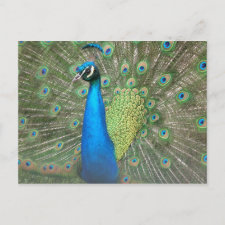


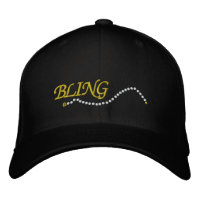
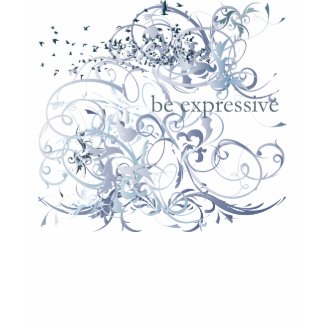
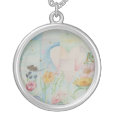
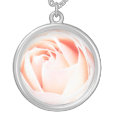
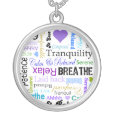
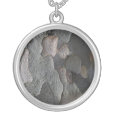
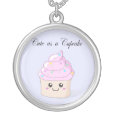


nice article
enjoyed reading, well written
Hello there, it is incredible how many different meanings jewelry had in along the human history and even more incredible is the fact that a simple object can give so much power: think about Rolex !
Thank you so much for sharing it was a pleasure to read your article !
P.S. sorry for my english and greetings from Italy
Loved reading your article, especially the part that describes where on the body jewelry is worn and its significance. As you correctly note, the first evidence of Jewelry was discovered to be 75,000 years ago. And it is equally important to also note that the discovery was made in the Blombos caves of South Africa near the cape.
Thanks!